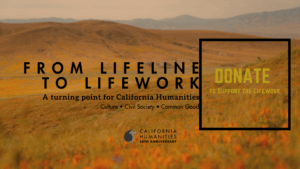Above: Lotería cards produced by the Afrolatine California project.
In recognition of California’s African American and African diasporic communities, this post highlights the work of recently-supported grant projects from across our programs that are exploring and celebrating the richness and complexity of Black life in California. Engage, attend, and mark your calendars for in-person and online programs, exhibits, and more.
Octavia E. Butler: Seed to Tree Project / Seeding Futures
The New Children’s Museum, San Diego
Project Director: Lynn Basquez
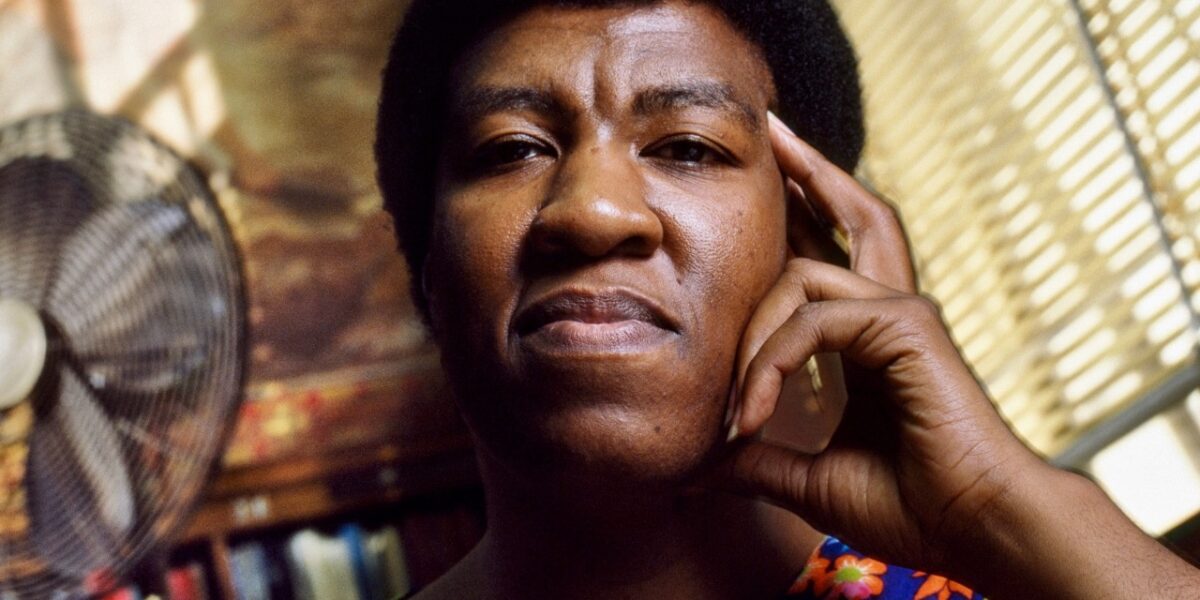
Octavia E. Butler: Seed to Tree Project / Seeding Futures will be the first long-term exhibition for youth and families focused on the groundbreaking and award-winning science fiction writer. A fall 2023 Humanities for All Project grantee, the exhibition will launch March 8, 2024, and act as a springboard for the New Children’s Museum’s multiyear initiative, Science Fiction Creates the Future (SFCF).
Leading up to the exhibit opening, the museum has collaborated with a network of advisors, community partners and artists to envision and plan. Most recently, they hosted the Seed to Tree workshop in August 2023, with community members gathering for a weekend of art-making through different mediums, creative writing, and ideas-sharing for the upcoming exhibit.
The museum is also planning several public programs, including talks by scholars and more hands-on workshops for families, that will explore Butler’s life and legacy—her persistence in the face of many challenges she faced as a Black woman writer in a field dominated by white men—and the themes and concerns that shaped her work.
The project aims to inspire families and youth, especially BIPOC and at-promise youth, to dream their lives into reality.
View the project page on the museum’s website for more information about upcoming programs, and join an exhibit opening panel on Saturday, March 9, 2-3 pm.
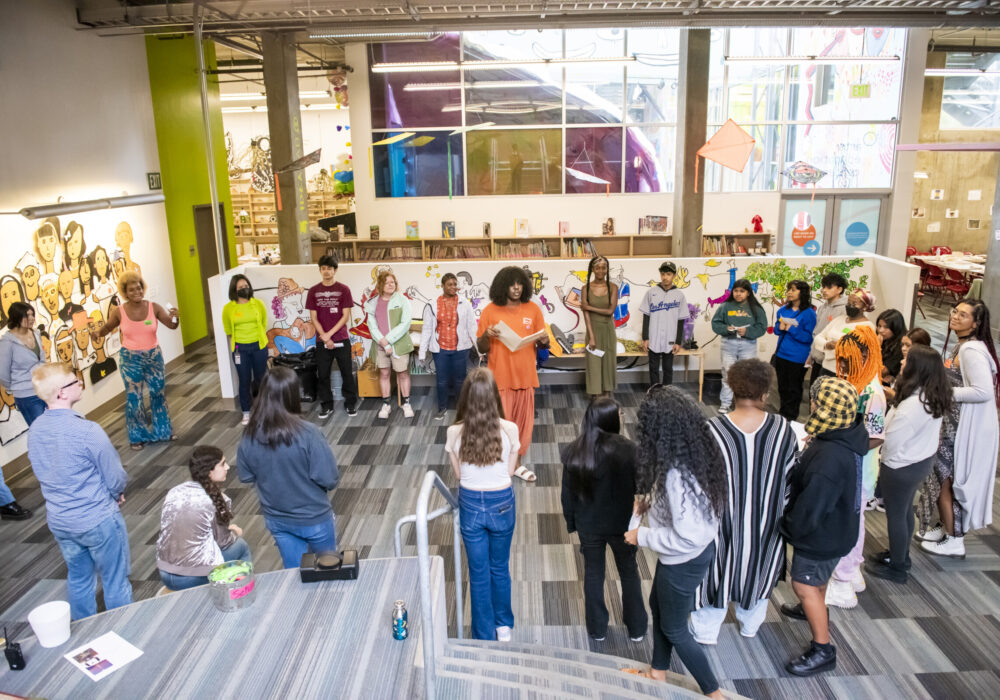
RETURNING TO THE “HARLEM OF THE WEST”? JAPANESE AMERICAN RESETTLEMENT IN THE FILLMORE DISTRICT
California Migration Museum
Project Director: Katy Long
While February is Black History Month, it also includes the Day of Remembrance (February 19), which commemorates the signing of Executive Order 9066 in 1942 by President Franklin D. Roosevelt which enabled the military to forcibly remove and incarcerate 120,000 Japanese American men, women, and children. A 2023 California Documentary Project Production grantee, RETURNING TO THE HARLEM OF THE WEST is an immersive audio tour, enhanced with augmented-reality, soundscapes, and pop-up physical exhibits, that tells the story of Japanese Americans’ return after incarceration during World War II to a radically altered Japantown in San Francisco, now also home to thousands of newly arrived Black American migrants. This tour expertly weaves together these community histories, concluding with the neighborhood’s transformation into the “Harlem of the West,” where the likes of Billie Holiday, Dexter Gordon, Dizzy Gillespie, Charlie Parker, and John Coltrane played gigs in the district’s famed music venues, and where restaurants, pool halls, theaters, and shops—many minority-owned—enlivened a square mile of the Fillmore District. Both in-person and remote experiences of the tour are available for download on calmigration.org.
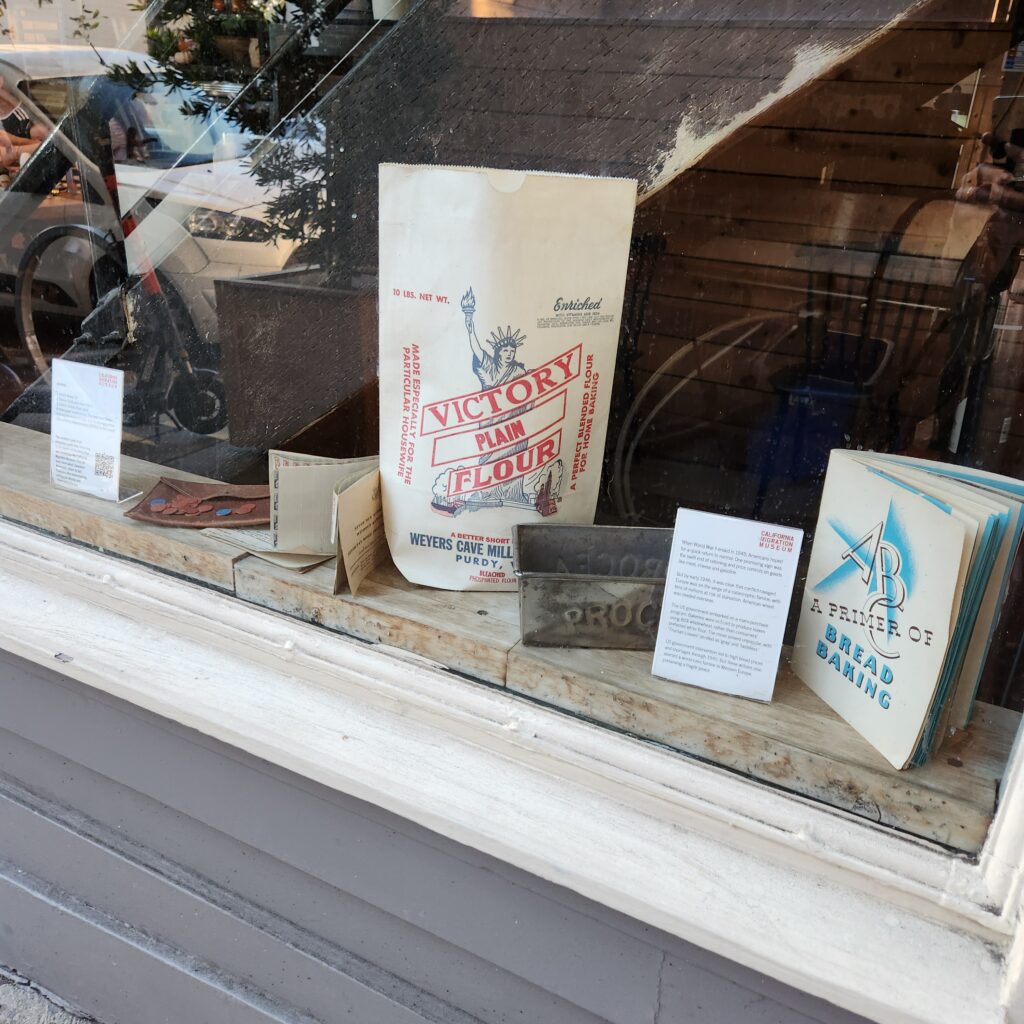
World War II artifacts displayed in the window at 1701 Octavia Street in San Francisco, formerly the home of a Japanese American family whose story is told during the tour.
Photo by Kerri Young
Lewis Watts, co-author of Harlem of the West – The San Francisco Fillmore Jazz Era, flips through the book during a stop on the audio tour inside San Francisco’s Kabuki Hotel. October 2023.
Photo by Kerri Young

In addition to a downloadable audio tour, RETURNING TO THE HARLEM OF THE WEST also provides extensive “Beyond the Tour” materials on its project website, including more histories and historical photographs from Japantown before World War II, during the war, the Harlem of the West, post-war Japanese resettlement, and Redevelopment in the 1950s and 1960s.
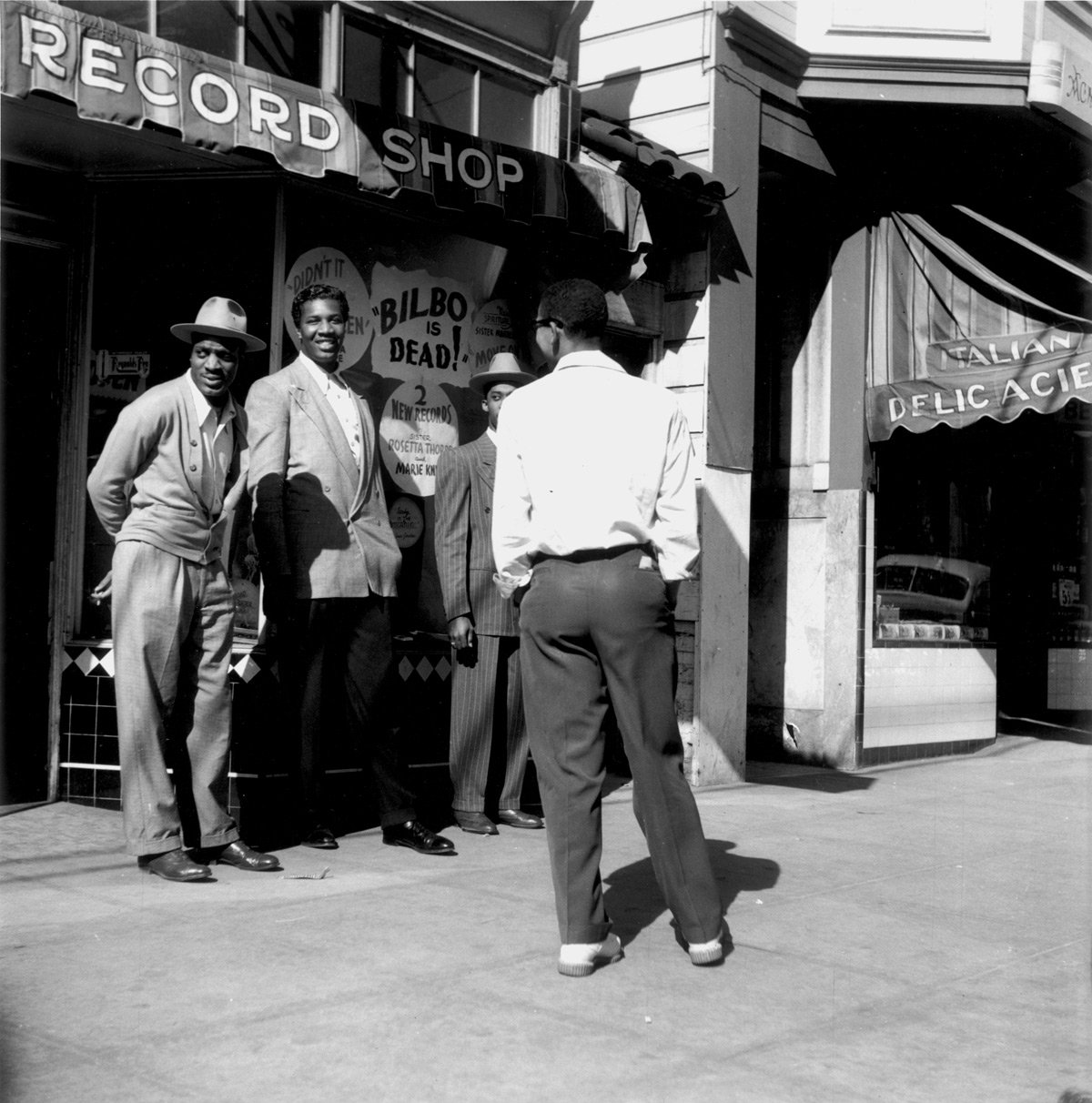
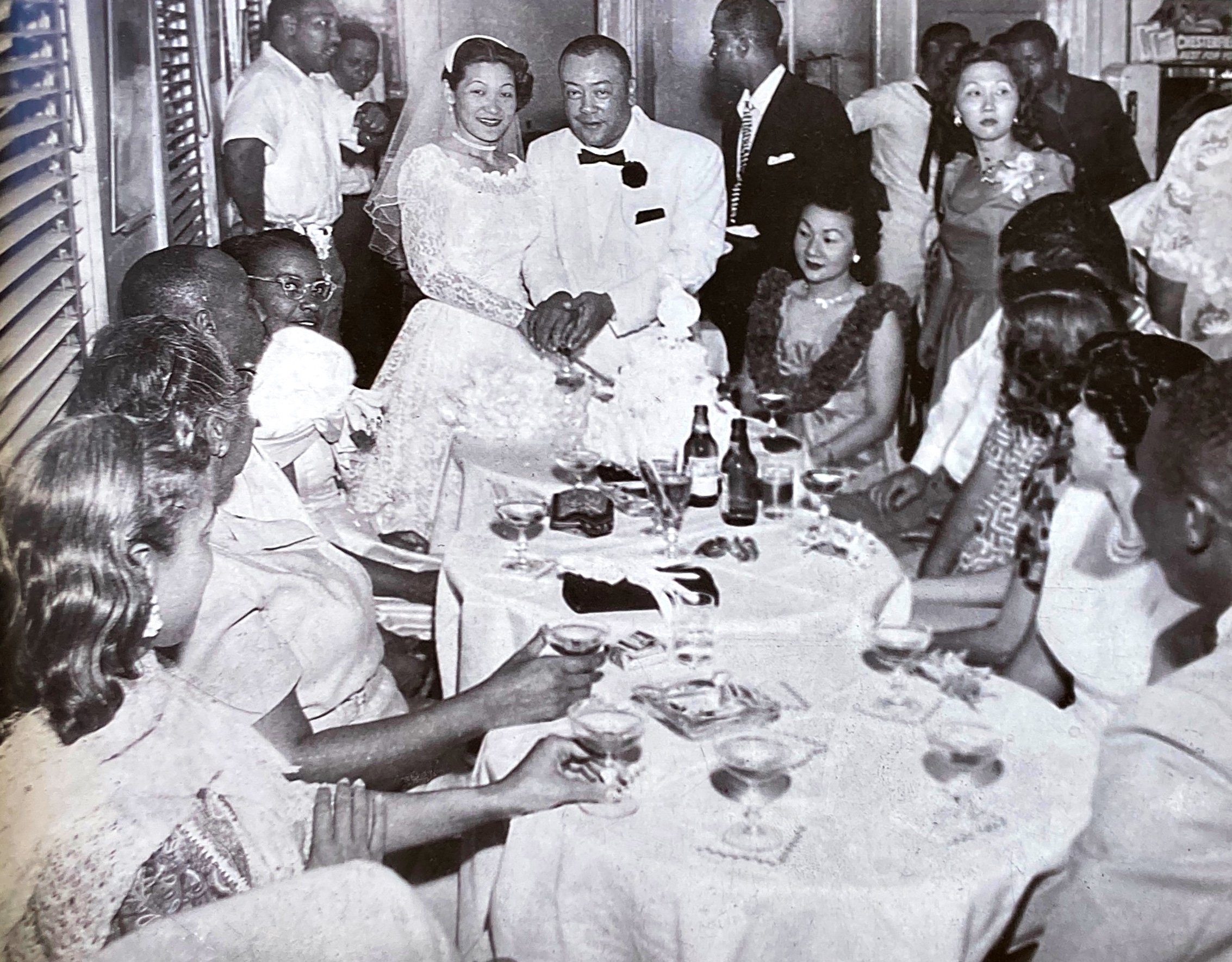
Afrolatine California—Afróntalo
California State University, San Bernardino Philanthropic Foundation, San Bernardino
Project Director: Arianna Huhn
A winter 2022 Humanities for All Project grantee, Afrolatine California explores the depth and breadth of Afrolatiné histories, cultures, and identities. Before California was incorporated into the United States, it was part of Alta California, and one in five Californios (Mexican settlers) was of African descent. Although people of African descent played an important role in modern California’s development, Afrolatine identities, experiences, and cultures are seldom highlighted (or even recognized) as unique contributions to the fabric of our state today. To correct this, the Anthropology Museum at California State University, San Bernardino, launched an exhibition in September 2023, Afróntalo, to recognize and amplify silenced and overlooked Afrolatine stories and experiences.
The exhibit is open to the public free of charge until June 19, 2024. It includes interviews with 21 Afrolatine Californians in written and audio forms, along with portraits of interviewees commissioned from California-based artists. To further disrupt stereotypes of latinidad that erase or negate Blackness, the exhibition highlights the identities and cultures of four Afro-descendant populations in contemporary Mexico, curated by community representatives.
Afrolatine California has several programs already under their belt, from opportunities to learn from and build traditional dance structures with Oaxacan artisans and performances by Afrolatine creators. The project will host additional public programming through May 2024, including the public release of an Afrolatine-themed lotería game (with artwork design crowdsourced last year in an art competition), carnivals, theatrical performances, and curated exhibit tours for middle school students.
View the project website for exhibit hours and list of upcoming programs here.
Hidden History: Nathaniel Smith, First Black Settler on the Mendocino Coast +
Kelly House Museum, Mendocino
Project Director: Anne Semans
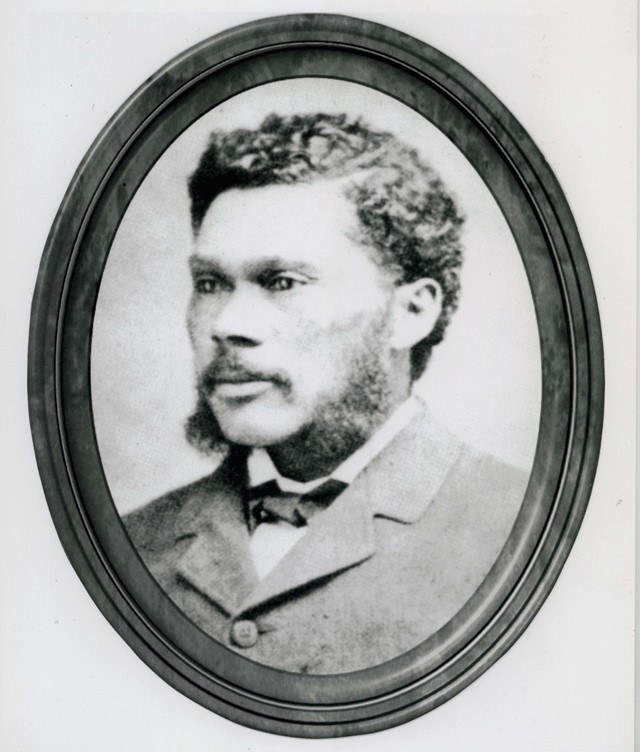
Hidden History: Nathaniel Smith, First Black Settler on the Mendocino Coast, will comprise of two exhibits and two facilitated discussions, presented at the Kelley House Museum. This project will explore the life of Nathaniel Smith, the first documented Black man to settle on the Mendocino Coast in Northern California in 1850, and about whom little is known. Exhibits and facilitated discussions with the community, including students, will occur during March and April, 2024.
Opening March 1, 2024, Nathaniel Smith: Mendocino Coast’s First Known African American Resident will explore Smith’s life story through photos, clippings, and artifacts, set against the history of California’s treatment of people of color. Guest curator and historian Alexander Wood extensively researched Smith’s life and will share his findings at the exhibit reception (date coming soon). The exhibit runs until May 22, 2024.
Join the Kelley House Museum and two special guest speakers on Saturday, March 23 at 4 pm for an in-depth discussion of the life of Nathaniel Smith. For more news on this project, subscribe to the Kelley House Museum’s calendar and follow them on social media (links at the bottom of the page).
Black Joy: Poetry with Young Black Men*
Chapter 510, Inc., Oakland
Project Director: Janet Heller
A winter 2019 Humanities for All Quick Grant recipient, Black Joy engaged young Black men in Oakland, California in a ten-week poetry workshop facilitated by poet (and current California Humanities board member) Daniel Summerhill. The workshop was designed to be a safe space for young people to explore their voices and use poetry to express their perspectives. Readings included selections from the canon of African American poetry and literature, and the workshop also focused on the meaning of belonging and not belonging as experienced through microagressions.
The participants first presented their work at a reading in June 2019 as well as produced an accompanying anthology ($15) through a partnership with Nomadic Press. Read coverage here from KQED.
As part of California Humanities’ Art of Storytelling series celebrating California’s rich cultural and artistic histories, Summerhill then reunited with two of his students for a virtual panel and poetry performance on September 24, 2020. Featuring Oakland’s 2019 Youth Poet Laureate, Samuel Getachew, his anthology co-contributor and Hidden Genius project alumnus Elijah Hynson, and mentor wordsmiths including Tongo Eisen-Martin (Heaven is All Goodbyes), this virtual session explored what it means to be Black, gifted, and even jubilant—despite the obstacles. View the full program below:
*YOUTH VOICES
California Humanities supports humanities programming that will reach and engage the next generation. These projects involve teens as primary program participants or audiences and address topics or subjects of interest to them (denoted by “*”).
+ARTS & HUMANITIES
California Humanities recognizes the strong interconnections between the arts and humanities. These projects provide humanities learning experiences primarily through the medium of visual or performing arts programming (denoted by “+”).



